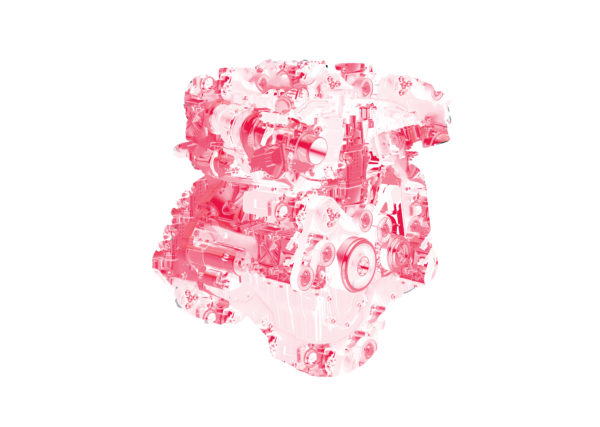Q&A: How does the real driving emissions test work?
SCR? RDE? WTF? Let's unpack the acronyms and explain some of the technical details in Unearthed's latest diesel emissions investigation

What is the real driving emissions test?
The “real driving emissions” (RDE) test is designed to reflect the amount of pollution a car will produce in-use more accurately than the EU’s old laboratory-based emissions test.
A portable emissions measurement system (PEMS) is attached to the vehicle to measure pollutant emissions while it is being driven on the road in real traffic.
It is split roughly evenly between urban, rural, and motorway driving, with these categories defined by the speed at which the car is travelling.
To pass an RDE test, the vehicle’s average emissions over the entire test drive – and also over the urban section of the test – must stay below the “not to exceed” limits for nitrogen oxides (NOx) and particulate emissions (see How much NOx pollution are diesels allowed to emit?, below, for more details on not-to-exceed limits).
The tests are driven either by a “technical service” (a company employed by the carmaker that is authorised by regulators), or by the manufacturer itself while observed by the technical service.
The test is an addition to the “type approval” system, which is the process by which types of vehicle are approved for sale in the EU. Manufacturers do not have to put every new model or variant through the RDE test. They are allowed to group their models into “families” of vehicles deemed to be similar in all respects that affect emissions. Certain vehicles in the family are tested, and if they pass then the entire group of models can be approved.
How much NOx pollution are diesels allowed to emit?
That’s a bit more complicated to answer than it should be.
Since September 2015, all new cars sold have had to meet the “Euro 6” emissions standard, which means they should not emit more than 80mg/km of NOx.
However, by the time this standard came into force it was obvious that the EU’s old lab-based emissions test was not doing its job, and diesel cars were systemically pumping out many times the Euro 6 limit in real driving. Although the EU acknowledged this problem, highly polluting diesels had already been approved and can still, currently, be manufactured and sold.
For new models seeking approval, the EU brought in a real driving emissions test on 20 April 2016. However, between April 2016 and September 2017 there was no limit imposed on the amount of pollutants cars could emit in these tests. Approval was based solely on their performance in the old and discredited lab test.
As Unearthed’s investigation has revealed, the majority of diesels approved during that period emitted well over the Euro 6 standard in real driving.
Since 1 September 2017, new diesel models seeking approval have had to pass the “Step 1” real driving emissions test. This means their emissions in the RDE test have to stay belowa “not-to-exceed” limit of 168mg/km, or 2.1 times the Euro 6 limit. Models approved under this standard are classed as Euro 6d-TEMP. As yet, only a handful of manufacturers have brought out Euro 6d-TEMP models. The majority of diesels on the market were approved before there was any on-road emissions limit in force.
That will change on 1 September next year, when the Euro 6d-TEMP limit is extended to all new registrations. After that, carmakers will have to stop selling any new vehicles that have not passed a Step 1 real driving emissions test.
From 1 January 2020, new models will have to pass a “Step 2” real driving emissions test, where the not-to-exceed limit will drop to 120mg/km, or 1.5 times Euro 6. Cars approved under this standard will be classed as Euro 6d. From 1 January 2021 this standard will be extended to all new registrations.
What is “selective catalytic reduction”?
Selective catalytic reduction (SCR) is a technology used by the motor industry to reduce emissions of nitrogen oxides from diesel vehicles. The system injects small doses of automotive-grade urea – known commercially as AdBlue – into the exhaust. This causes a chemical reaction that converts harmful nitrogen oxides into water, nitrogen, and carbon dioxide. In Unearthed’s analysis of the first wave of real driving emissions test results, almost all of the cars with the lowest emissions were fitted with SCR.
By contrast, the majority of vehicles that recorded the highest emissions in the RDE test relied on cheaper emissions control technology, such as Lean NOx Traps. However, SCR alone is not a guarantee of low emissions – some of the vehicles with the highest emissions in our investigation were fitted with SCR. For example, Vauxhall’s SCR-fitted 1.6l Crossland-X recorded NOx emissions of up to 388mg/km, or 4.9 times Euro 6. Experts say the system needs to be properly calibrated with the engine to be fully effective.

